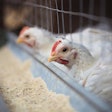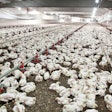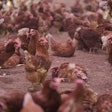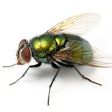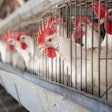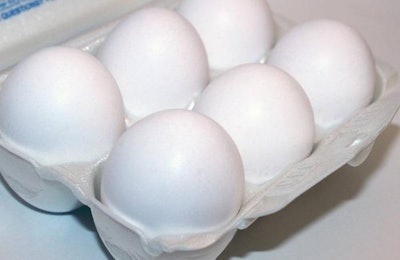
Egg industry magazine has been conducting a survey of U.S. egg producers for decades. Egg producers are ranked based on the number of hens housed on December 31 each year and this survey has become the benchmark for the size of table egg producers in the U.S., explained Terrence O’Keefe, editor of Egg Industry and content director at WATT Global Media, during the WATTAgNet Top Company - 2019 U.S. egg producer ranking webinar on March 28. This webinar was sponsored by Boehringer Ingelheim and presented by WATT Global Media and IRI.
The 2019 Top Egg Company Survey identified 67 egg producers whose flocks totaled 337.88 million hens housed on December 31, 2018. The survey results are composed of a combination of company-submitted information and estimates made based on input from publicly reported information and industry sources. The USDA Chicken & Egg Report released December 22, 2018, estimated the U.S. table egg laying flock to be 330.95 million hens on December 1, 2018.
In 2019, Cal-Maine Foods remained the No. 1 egg producer. Rose Acre Farms remained the second largest, Versova Holdings LLC -- which combines day-to-day operations of egg producers Centrum Valley Farms LLP, Trillium Farm Holdings LLC and Iowa Cage-free LLP -- moved up to the third position in the survey. Hillandale Farms fell to fourth position and Daybreak Foods rounds out the top five egg producers.
Year-over-year
The level of concentration of the U.S. egg industry hasn’t changed much in the last five years. In the 2015 survey, the top five egg producers controlled the output of 34 percent of the hens reported in the Top Egg Company Survey. In the 2019 survey, the top five egg producers controlled the output of 36 percent of the survey’s hens. The amount of the country’s hens housed by the top 10 egg producers has increased from 50 percent in 2015 to 52.5 percent in 2019.
There has been very little change in the proportion of the nation’s layer flock controlled by the top 20 producers in the last five years, in 2015 it was 72.0 percent versus 72.5 percent in 2019.
In the 2015 survey, the top five egg producers controlled the output of 34 percent of the hens reported in the Top Egg Company Survey. In the 2019 survey, the top five egg producers controlled the output of 36 percent of the survey’s hens.
Converting layer housing from cages to cage free

Cage-free layers are afforded more space per bird than are hens housed in conventional or enriched cages. However, survey respondents reported that housing for 3.22 million head of cage-housed hens was converted to housing for 4.07 million head of cage-free hens in 2018. This is likely the result of conversion of pit houses to cage-free where the in-house manure storage area under the cages is utilized for cage-free housing in addition to the area of the house where the cages were placed.
Survey respondents report intentions to convert 4.57 million head of cage housing to cage-free housing for 5.37 million layers in 2019.
New housing construction
Survey respondents report adding new buildings to house 5.1 million head of hens in 2018. They also reported re-caging housing for 0.19 million head of hens in 2018.

In 2019, survey respondents reported intention to add new housing for 6.58 million head of cage-free hens. Construction of cage housing has not stopped in the U.S. According to survey respondents, new housing will be constructed in 2019 for 0.7 million hens in conventional cages and 0.82 million hens in enriched/enrichable cages.
Looking back
A person can learn a lot about various companies and their histories by going back through WATT's Top Company reports. For instance:
In 1988, Cargill was listed as the No. 1 company with 12 million layers and Cal-Maine was ranked fourth with 6.5 million layers. After the acquisition of Cargill’s entire layer flock in 1989, Cal-Maine Foods of Jackson, Mississippi, was listed as the No. 1 producer with 15 million layers.
Rose Acre Farms substantial growth in 1998 was a result of an acquisition of National Eff Products of Social Circle, Georgia.
Learn more
For more statistical information about converting layer housing from cages to cage free, new housing construction and cage free pledges listen to the full webinar.






